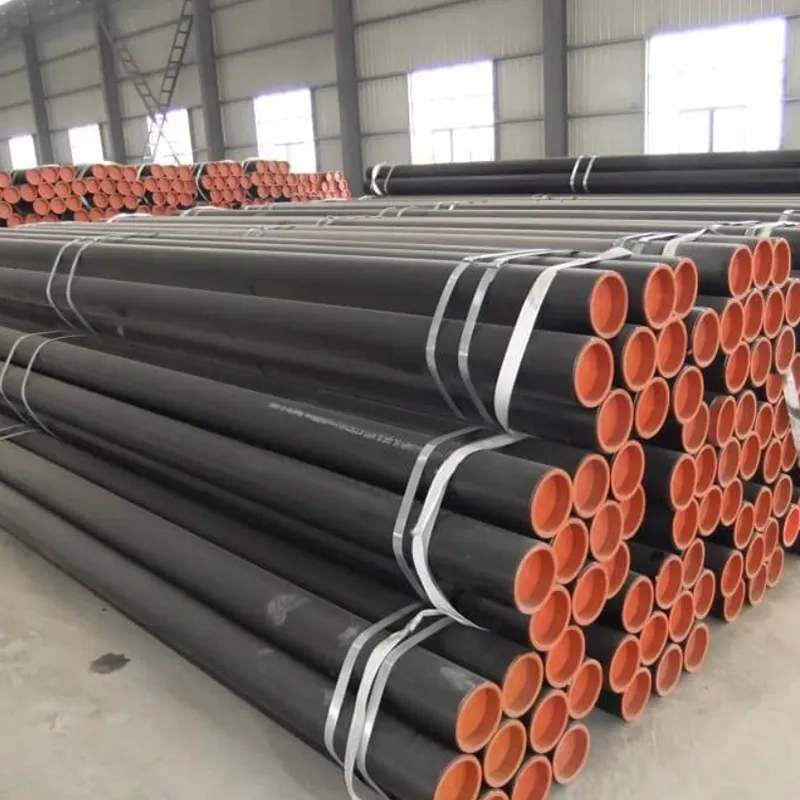-
Cangzhou Yulong Steel Co., Ltd.
-
Phone:
+86 13303177267 -
Email:
admin@ylsteelfittings.com
- English
- Arabic
- Italian
- Spanish
- Portuguese
- German
- kazakh
- Persian
- Greek
- French
- Russian
- Polish
- Thai
- Indonesian
- Vietnamese
- Zulu
- Korean
- Uzbek
- Hindi
- Serbian
- Malay
- Ukrainian
- Gujarati
- Haitian Creole
- hausa
- hawaiian
- Hebrew
- Miao
- Hungarian
- Icelandic
- igbo
- irish
- Japanese
- Javanese
- Kannada
- Khmer
- Rwandese
- Afrikaans
- Albanian
- Amharic
- Armenian
- Azerbaijani
- Basque
- Belarusian
- Bengali
- Bosnian
- Bulgarian
- Catalan
- Cebuano
- China
- China (Taiwan)
- Corsican
- Croatian
- Czech
- Danish
- Esperanto
- Estonian
- Finnish
- Frisian
- Galician
- Georgian
- Kurdish
- Kyrgyz
- Lao
- Latin
- Latvian
- Lithuanian
- Luxembourgish
- Macedonian
- Malgashi
- Malayalam
- Maltese
- Maori
- Marathi
- Mongolian
- Myanmar
- Nepali
- Norwegian
- Norwegian
- Occitan
- Pashto
- Dutch
- Punjabi
- Romanian
- Samoan
- Scottish Gaelic
- Sesotho
- Shona
- Sindhi
- Sinhala
- Slovak
- Slovenian
- Somali
- Sundanese
- Swahili
- Swedish
- Tagalog
- Tajik
- Tamil
- Tatar
- Telugu
- Turkish
- Turkmen
- Urdu
- Uighur
- Welsh
- Bantu
- Yiddish
- Yoruba

Nov . 30, 2024 21:26 Back to list
eccentric concentric reducer
Eccentric vs. Concentric Reducers Understanding the Differences and Applications
When it comes to piping systems, reducers play a crucial role in managing the flow of fluids by allowing for a change in pipe diameter. Two common types of reducers are the eccentric reducer and the concentric reducer. While their primary function is similar—facilitating the transition between different pipe sizes—their design and specific applications can differ significantly. This article delves into the definitions, differences, and optimal usage scenarios for eccentric and concentric reducers.
Definitions
An eccentric reducer is designed to reduce the diameter of a pipe while maintaining a horizontal flow, with one side of the reducer being level with the pipe’s original top or bottom side. This design allows for air pockets to be evacuated from the system, making it particularly beneficial in applications where the fluid being transported may contain gases or where vapor release is a concern. Eccentric reducers are often utilized in drainage systems, where horizontal flow is critical for the effective removal of liquid waste.
On the other hand, a concentric reducer has a symmetrical design—both ends of the reducer form a cone shape, which results in a central transition of flow from one diameter to another. This design directs the fluid flow evenly and is ideal for applications where a smooth and consistent flow path is essential. Concentric reducers are widely used in various industrial applications, including chemical processing, oil and gas systems, and in HVAC systems.
Key Differences
The primary difference between eccentric and concentric reducers lies in their shape and the flow dynamics they create. The eccentric reducer’s flat surface allows for the elimination of air pockets, which can be crucial in specific applications. In contrast, the concentric reducer’s symmetrical design ensures that the flow remains centered, which is important in processes where turbulence must be minimized.
eccentric concentric reducer

Another notable difference is in the way they impact fluid flow. Eccentric reducers can help maintain a uniform liquid surface and minimize the risk of pressure build-up by allowing gas to escape. Meanwhile, concentric reducers provide a streamlined transition that prevents changes in flow direction, thereby maintaining the velocity and pressure of the fluid.
Applications
Eccentric reducers are commonly used in situations where managing flow direction and avoiding back pressure are essential. For example, in wastewater treatment plants, they are often employed in the pipe work systems that carry effluent away from treatment processes. The ability to vent trapped gases helps in ensuring efficient transport and processing of fluids.
In contrast, concentric reducers are favored in systems that prioritize a smooth flow and minimal turbulence, such as in hydraulic systems and pumping stations. Their ability to create a seamless transition is beneficial in reducing energy losses and enhancing system efficiency.
Conclusion
Both eccentric and concentric reducers are fundamental components in piping systems, each serving unique purposes based on their design characteristics. Understanding the differences between these two types of reducers is critical for engineers and designers tasked with creating effective fluid transport systems. By selecting the appropriate reducer for a given application—whether it be for managing air pockets or ensuring consistent flow—professionals can enhance system performance, reduce energy consumption, and prolong the lifespan of piping infrastructure. As fluid dynamics continue to evolve, the role of reducers will remain integral in the optimization of engineering designs across a variety of industries.
Latest news
-
ANSI 150P SS304 SO FLANGE
NewsFeb.14,2025
-
ASTM A333GR6 STEEL PIPE
NewsJan.20,2025
-
ANSI B16.5 WELDING NECK FLANGE
NewsJan.15,2026
-
ANSI B16.5 SLIP-ON FLANGE
NewsApr.19,2024
-
SABS 1123 FLANGE
NewsJan.15,2025
-
DIN86044 PLATE FLANGE
NewsApr.19,2024
-
DIN2527 BLIND FLANGE
NewsApr.12,2024
-
JIS B2311 Butt-Welding Fittings LR/SR 45°/90° /180°Seamless/Weld
NewsApr.23,2024











